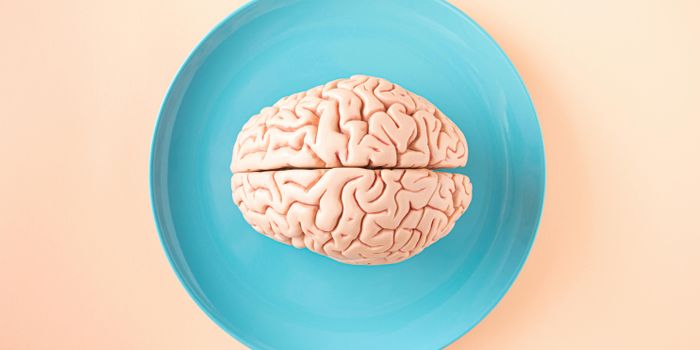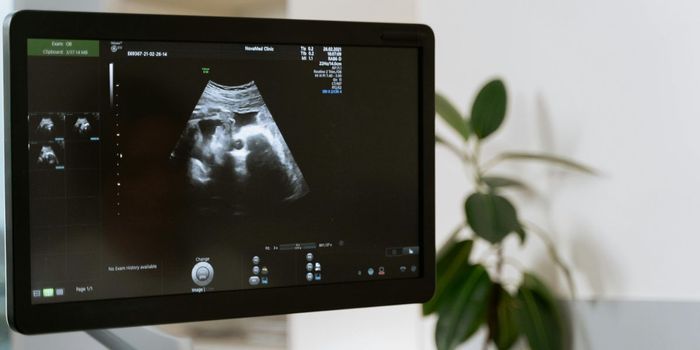Somas and Dendrites and Neurons, Oh My!
The brain is an incredibly complex organ. It powers and controls every bodily function, processes thoughts and memories, and learns and adapts to whatever we do and wherever we go. While there is a great deal of knowledge about how it works, there is much even the experts don’t fully understand. However, with each new research study or clinical discovery, what we think we know can always change. That’s what happened with new research recently published by a group of scientists from UCLA. The information they present could change the understanding of how the brain works and take neurological research in a new direction.
The research was specifically about dendrites and what they do. The brain is made up nerve cells called neurons. Neurons look a little bit like trees with a main body called the soma and extensions that grow out from that, much like branches. These are called dendrites. When the brain is processing memories and storing information, the soma sends out an electrical impulse, called a “spike” that is carried along the dendrite to other neurons. It’s been the standard theory that the dendrites are really just passive pathways that carry the electrical pulse from one soma to the next. The only purpose of a dendrite was to carry signals, nothing more. Believe or not, this was a belief that had never actually been fully tested or demonstrated.
But the UCLA team's most recent research suggests that dendrites are not just a neutral line of transportation for signals. They discovered that dendrites are actually generating their own spikes. Not only that, but the electrical spikes coming from the dendritic spines are actually 10 times more active than the somas in the brain. This discovery is in direct opposition of the prevailing theory of learning and memory formation in the brain that has been accepted for decades.
UCLA neurophysicist Mayank Mehta, the study’s senior author stated, “Dendrites make up more than 90 percent of neural tissue. Knowing they are much more active than the soma fundamentally changes the nature of our understanding of how the brain computes information. It may pave the way for understanding and treating neurological disorders, and for developing brain-like computers.”
Not only do the dendrites send out more electrical spikes than the soma, the ones they send are more varied. A somatic spike is very consistent from one neuron to the next. Essentially they are at just one level of electrical voltage and don’t vary that much. They are binary, essentially there or not, no in-between. The research team compared these signals to the way a digital computer works. Dendrites emit these kind of signals as well, but in addition they are capable of shooting off spikes that vary in their voltage, which, electrically speaking, are more similar to analog signals. Sometimes a dendritic spike is quite large, other times, it’s a smaller signal and this variance is what was significant because this ability to vary the amount of voltage is not found in somatic spikes.
Mehta went on to explain, “We found that dendrites are hybrids that do both analog and digital computations, which are therefore fundamentally different from purely digital computers, but somewhat similar to quantum computers that are analog. A fundamental belief in neuroscience has been that neurons are digital devices. They either generate a spike or not. These results show that the dendrites do not behave purely like a digital device. Dendrites do generate digital, all-or-none spikes, but they also show large analog fluctuations that are not all or none. This is a major departure from what neuroscientists have believed for about 60 years.”
Dendrites are also larger in size than their soma centers. Combined with the increased voltage, this larger size could mean that the brain has up to 100 times more capacity to compute and perform than previously believed. This means that learning is not only happening in interactions that are passed from soma to soma, but also in the journey along the dendrites. The team at UCLA believes this information could have applications beyond the human brain and into computer science and artificial intelligence. The video below has more information on this new information and what it could mean for brain research, take a look.
Sources: UCLA, CBS News, Journal of the AAAS









